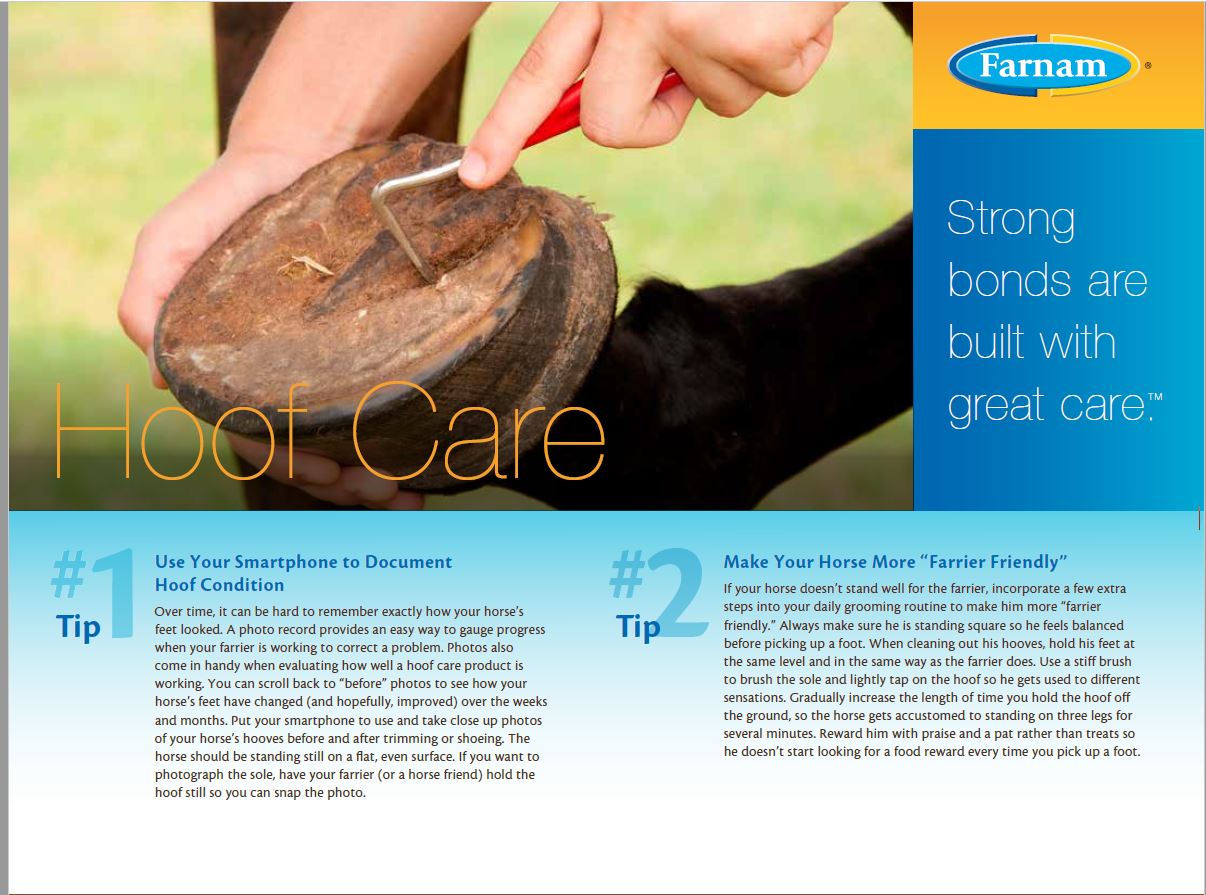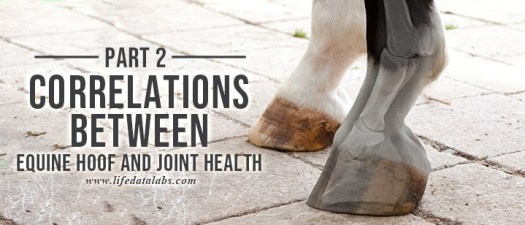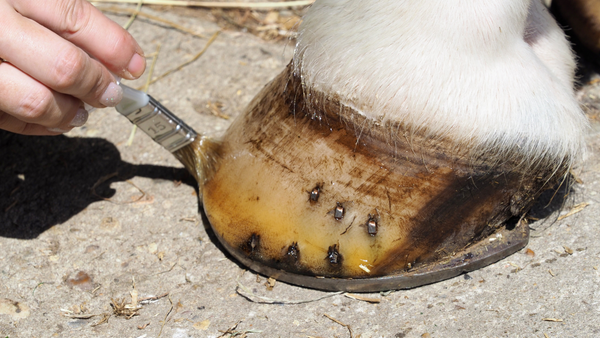Preventive Hoof Care: Daily vs Weekly Tasks for Your Horse

Proper hoof care is essential for maintaining your horse’s overall health and performance. Neglecting hoof maintenance can lead to discomfort, lameness, and costly veterinary bills. This article explores the differences between daily and weekly hoof care tasks, helping you establish an effective routine.
Why Preventive Hoof Care Matters

Hooves are the foundation of your horse’s mobility. Regular care prevents common issues such as cracks, thrush, and abscesses. Preventive care also supports proper weight distribution and joint health.
Daily Hoof Care Tasks
Daily attention to your horse’s hooves helps catch problems early and keeps hooves clean and healthy.
| Task | Description | Tools Needed |
|---|---|---|
| Hoof Picking | Remove dirt, manure, and debris from the hoof sole and frog to prevent infections. | Hoof pick |
| Visual Inspection | Check for cracks, punctures, swelling, or signs of thrush. | None |
| Clean Surrounding Area | Ensure the stall or paddock is clean to reduce hoof contamination. | Shovel, broom |
Tips for Daily Care
- Use a hoof pick gently to avoid injury.
- Look for unusual odors or discharge.
- Monitor your horse’s gait for signs of discomfort.
Weekly Hoof Care Tasks
Weekly tasks focus on more thorough maintenance and preparation for farrier visits.
| Task | Description | Tools Needed |
|---|---|---|
| Hoof Trimming | Trim excess hoof growth to maintain proper shape and balance. | Farrier tools or professional farrier |
| Deep Cleaning | Wash hooves with mild antiseptic solutions if needed to treat or prevent infections. | Mild antiseptic, water, sponge |
| Check Shoes | Inspect horseshoes for wear or damage and ensure they are securely attached. | None (professional farrier recommended) |
Tips for Weekly Care
- Schedule regular farrier visits every 6-8 weeks.
- Keep records of hoof condition and any treatments.
- Adjust care based on seasonal changes and workload.
Frequently Asked Questions (FAQ)
Q1: How often should I pick my horse’s hooves?
A: Ideally, daily to prevent debris buildup and infections.
Q2: Can I trim my horse’s hooves myself?
A: It’s best to leave trimming to a professional farrier unless you have proper training.
Q3: What signs indicate a hoof problem?
A: Limping, swelling, foul odor, heat in the hoof, or visible cracks.
Q4: How does environment affect hoof health?
A: Wet or muddy conditions can soften hooves and increase infection risk; dry, clean environments promote hoof strength.
Conclusion
Establishing a consistent hoof care routine with daily cleaning and weekly maintenance tasks is vital for your horse’s health and comfort. Collaborate with your farrier and monitor your horse closely to prevent hoof-related issues before they escalate.
By following these guidelines, you can ensure your horse remains sound and happy, ready for any activity or competition.
